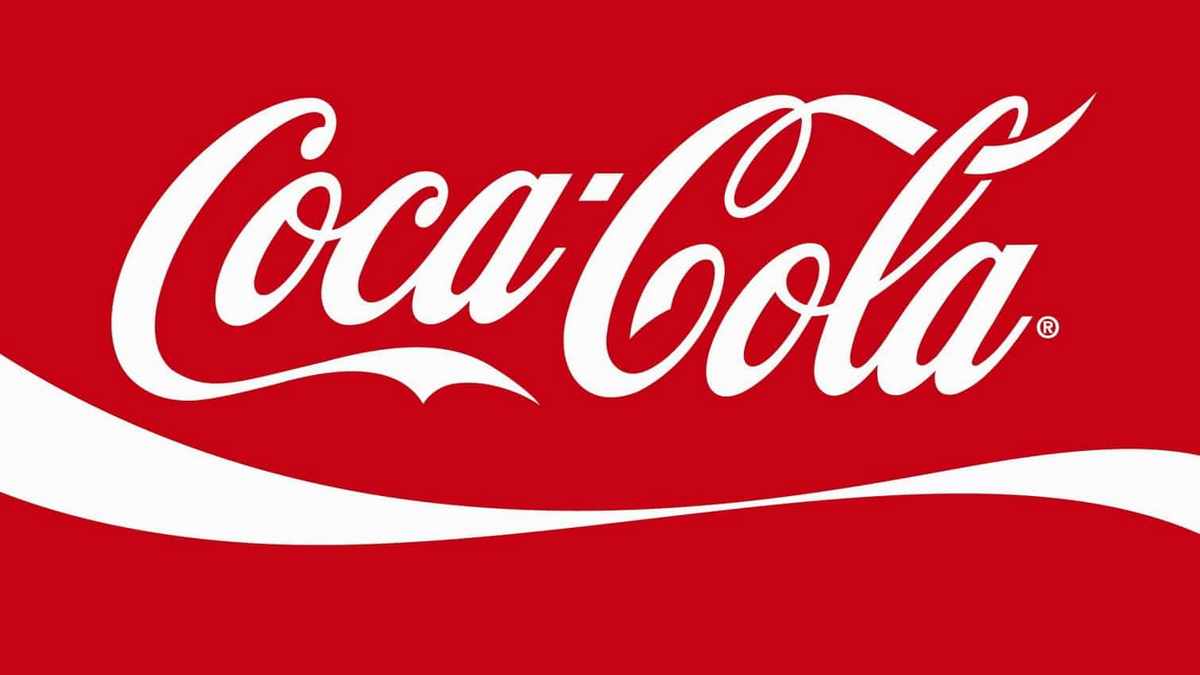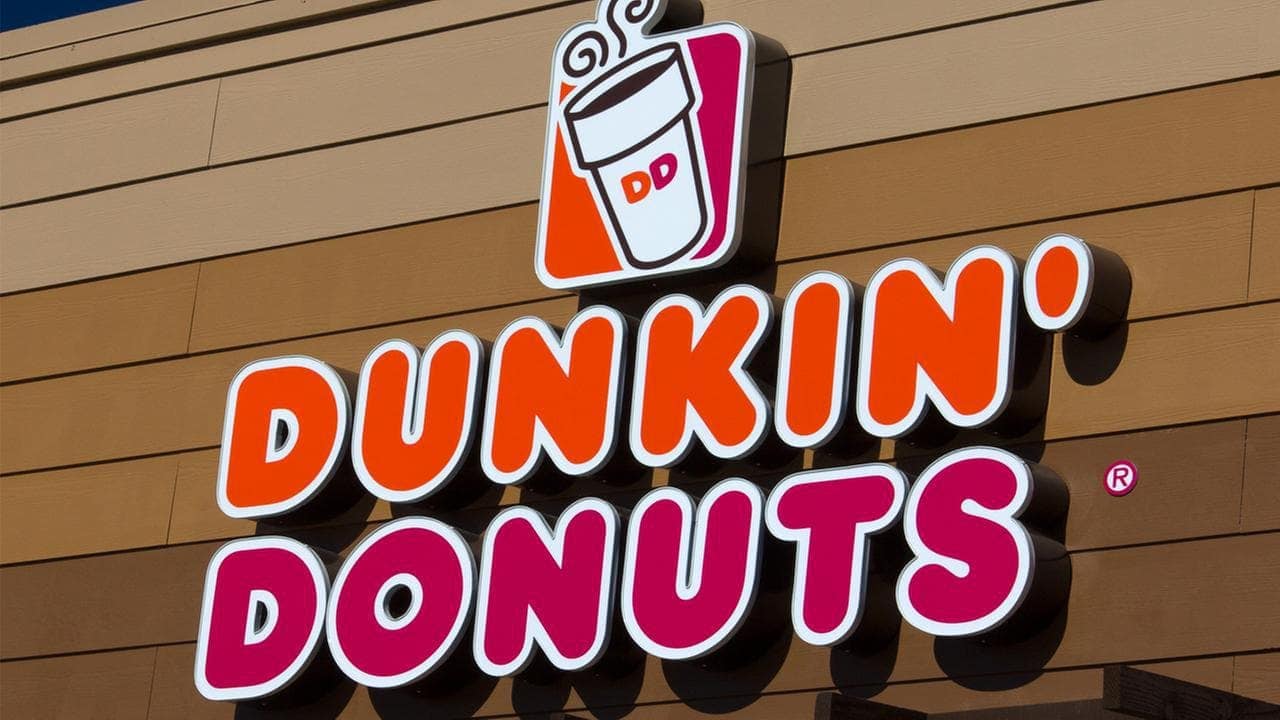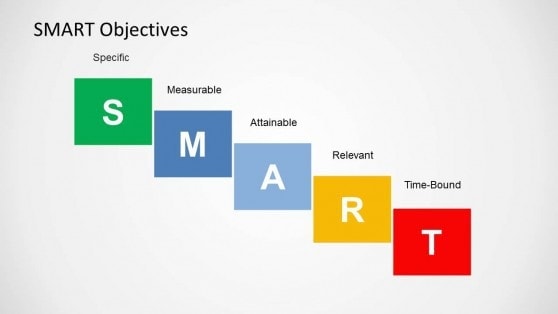
Pricing strategies, Pricing strategy, What are strategies for pricing
Pricing Strategies
The only time when price setting is not a problem is when you are a “price-taker” and have to set prices at the going rate, or else sell nothing at all. This normally only occurs under near-perfect market conditions, where products are almost identical. More usually, pricing decisions are among the most difficult that a business has to make.
In considering these decisions it is important to distinguish between pricing strategy and tactics. Strategy is concerned with setting prices for the first time, either for a new product or for an existing product in a new market; tactics are about changing prices. Changes can be either self-initiated (to improve profitability or as a means of promotion) or in response to outside change (i.e. in costs or the prices of a competitor).
Pricing strategy should be an integral part of the market- positioning decision, which in turn depends, to a great extent, on your overall business development strategy and marketing plans.
Companies usually do not set a single price, but rather a pricing structure that reflects variations in geographical demand’ and costs, market-segment requirements, purchase timing, order levels, delivery frequency, guarantees, service contracts, and other factors As a result of discounts, allowances, and promotional support, a company rarely real-izes the same profit from each unit of a product that it sells. Here we will examine sev-eral price-adaptation strategies: geographical pricing, price discounts and allowances, promotional pricing, discriminatory pricing, and product-mix pricing.
Table of Contents
Geographical pricing (Cash. Counter trade. Barter)
Geographical pricing involves the company in deciding how to price its products to different. Customers in different locations and countries. For example, should the company charge higher prices to distant customers to cover the higher shipping costs or a lower price to win additional business? Another issue is how to get paid. This issue is critical when buyers lack sufficient hard currency to pay for their purchases. Many buyers want to offer other items in payment, a practice known as counter trade. American companies are often forced to engage in counter trade if they want the business. Counter trade may account for 15 to 25 percent of world trade and takes several forms: barter, compensation deals, buyback agreements, and offset.
Barter – The direct exchange of goods, with no money and no third party involved
Compensation deal – The seller receives some percentage of the payment in cash and the rest in products. A British aircraft manufacturer sold planes to Brazil for 70 percent cash and the rest in coffee.
Buyback arrangement – The seller sells a plant, equipment, or technology to another country and agrees to accept as partial payment products manufactured with the supplied equipment. A US. Chemical company built a plant for an Indian company and accepted partial payment in cash and the remainder in chemicals manufactured at the plant.
Offset – The seller receives full payment in cash but agrees to spend a substantial amount of the money in that country within a stated time period. For example, PepsiCo sells its cola syrup to Russia for rubles and agrees to buy Russian vodka at a certain rate for sale in the United States.
Price discounts and allowances
The role of discount Offering discounts can be a useful tactic in response to aggressive competition by a competitor. However, discounting can be dangerous unless carefully controlled and conceived as part of your overall marketing strategy. Discounting is common in many industries – in some it is so endemic as to render normal price lists practically meaningless.
This is not to say that there is anything particularly wrong with price discounting provided that you are getting something specific that you want in return. The trouble is that, all too often, companies get themselves embroiled in a complex structure of cash, quantity and other discounts, whilst getting absolutely nothing in return except a lower profit margin. Let us look briefly at the main types of discounts common today
Cash and settlement discounts – These are intended to bring payments in faster. However, since such discounts need to be at least 2,5% per month to have any real effect, this means paying your customer an annual rate of interest of 30% just to get in money which is due to you anyway. What is more, customers frequently take all the discounts on offer and still do not pay promptly, so that you lose both ways. Much better, we believe, is either to eliminate these discounts altogether and introduce an efficient credit control system, or change your terms of business so that you can impose a surcharge on overdue accounts instead. Whilst you may lose some business by doing this, these will probably be the worst payers anyway. If some customers will not pay you for months you are probably better off trying to win others who will.
Quantity discounts – The trouble with these is that, when formalized on a published price list, they become an established part of your pricing structure and as a result their impact can be lost. If you are not very careful, although they may have helped you win the business to start with, in the long run the only effect they have is to spoil your profit margin. As a general rule, only publish the very minimum of quantity discounts – your very largest customers will probably try to negotiate something extra anyway. Also keep quantity discounts small, so that you hold something in reserve for when your customers do something extra for you, such as offering you sole supply, or as part of a special promotion.
Promotional discounts – These are the best kind of discounts because they enable you to retain the power to be flexible. There may be times when you want to give an extra boost to sales – to shift an old product before launching an updated one for example. At times like these special offers or promotional discounts can be useful. But try to think of unusual offers – a larger pack size for the same price or a ” five for the p [rice of four ” can often stimulate more interest than a straight percentage discount. They also make sure that the end user gets at least some of the benefit, which doesn’t always happen with other types of discounts. Two other points to remember are
Make sure you retain control over your special promotions, with a specific objective, a beginning and an end point. Be sure to terminate them once they have outlived their usefulness.
Ensure that your offers are linked to sales and not simply to orders. Otherwise you may find that orders to you are up for a while, only to be followed by a barren period whilst your customer supplies the end user from his accumulated stocks.
Clearly the role of discounts will vary from one type of business to another and not all of the comments above will apply to you. In part your ability to minimize discounts, or eliminate them altogether, will depend on the non-price benefits of your product. But, whatever business you are in, you should always ask yourself what your discounts are supposed to achieve, whether they are effective, and how long they are expected to last. In general, keep standard discounts low to retain maximum flexibility and ensure that they are consistent with your overall marketing and pricing strategy.
Promotional Pricing strategies
Companies can use several pricing techniques to stimulate early purchase:
Loss-leader pricing – Supermarkets and department stores often drop the price on well Known brands to stimulate additional store traffic. This pays if the revenue on the addi-tional sales compensates for the lower margins on the) boss-leader items. Manufacturers of loss-leader brands typically object because this practice can dilute the brand image and bring complaints from retailers who charge the list price. Manufacturers have tried to restrain intermediaries from loss leader pricing through lobbying for retail-price -maintenance laws, but these laws have been revoked.
Special-event pricing – Sellers will establish special prices in certain seasons to draw in more customers
Cash rebates – Auto companies and other consumer-goods companies offer cash rebates to Encourage purchase of the manufacturers’ products within a specified time period. Rebates can help clear inventories without cutting the stated list price.
Low-interest financing – Instead of cutting its price, the company can offer customers low- interest financing. Automakers have even announced no-interest financing to attract Customers.
Longer payment terms – Sellers, especially mortgage banks and auto companies, stretch loans over longer periods and thus lower the monthly payments. Consumers often worry less about the cost (i.e., the interest rate) of a loan and more about whether they can afford the monthly payment.
Warranties and service contracts – Companies can promote sales by adding a free or low- cost warranty or service contract.
Psychological discounting – This strategy involves setting an artificially high price and then offering the product at substantial savings
Promotional-pricing strategies are often a zero-sum game. If they work, competitors Copy them and they lose their effectiveness. If they do not work, they waste money that could have been put into other marketing tools, such as building up product quality and service or strengthening product image through advertising.
Discriminatory pricing strategies
Companies often adjust their basic price to accommodate differences in customers, products, locations, and so on. Price discrimination occurs when a company sells a product or service at two or more prices that do not reflect a proportional difference in costs. In first-degree price discrimination, the seller charges a separate price to each customer depending on the intensity of his or her demand. In second-degree price discrim-ination, the seller charges less to buyers who buy a larger volume. In third-degree price discrimination, the seller charges different amounts to different classes of buyers, as in the following cases:
Customer-segment pricing – Different customer groups are charged different prices for the same product or service. For example, museums often charge a lower admission fee to students and senior citizens.
Product-form pricing – Different versions of the product ‘are priced differently but not pro-portionately to their respective costs
Image pricing – Some companies price the same product two different levels based on image differences at. A perfume manufacturer can put the perfume in one bottle, give it a name and image, and price it at Rest. 50. It can put the same perfume in another bot-tle with a different name and image and price it at Rs.200.
Channel pricing – Coca-Cola carries a different price depending on whether it is purchased ill a fine restaurant, a fast-food restaurant, or a vending machine.
Location pricing – The same product is priced differently at different locations even though the cost of offering at each location is the same. A theater varies its seat prices according to audience preferences for different locations.
Time pricing – Prices are varied by season, day, or hour. Public utilities vary energy rates to commercial users by time of day and weekend versus weekday. Restaurants charge less to “early bird” customers. Hotels charge less’ on weekends. Hotels and airlines use yield pricing, by which they offer lower rates on unsold inventory just before it expires. Coca-Cola considered raising its vending machine soda prices on hot days using wireless technology, and lowering the price on cold days. However, customers so dis-liked the idea that Coke abandoned it.
For price discrimination to work, certain conditions must exist. First, the market must be segment able and the segments must show different intensities of demand. Second, members in the lower-price segment. Must not be able to resell the product to the higher-price segment. Third, competitors must not be able to undersell the firm in the higher-price segment. Fourth, the cost of segmenting and policing the market must not exceed the extra revenue derived from price discrimination. Fifth, the practice must not breed customer resentment and ill will. Sixth, the particular form of price discrimination must not be illegal.
As a result of deregulation in several industries, competitors have increased their use of discriminatory pricing. Airlines charge different fares to passengers on the same flight, depending on the seating class; the time of day (morning or night coach); the day of the week (workday or weekend); the season; the person’s company, past business, Of status (youth, military, senior citizen); and so on. Airlines are using yield pricing to cap-ture as much revenue as possible.
Computer technology is making it easier for sellers to practice discriminatory pric-ing. For instance, they can use software that monitors customers’ movements over the Web and allows them to customize offers and prices. New software applications, how-ever, are also allowing buyers to discrimi-nate between sellers by comparing prices instantaneously.
Product-mix pricing
Price-setting logic must be modified when, the product is part of a product mix. In this case, the firm searches for a set of prices that maximizes profits on the total mix. Pricing is difficult because the various products have demand and cost interrelationships and are subject to different degrees of competition. We can distinguish six situations involving product-mix pricing: product-line pricing, optional-feature pricing, captive-product pricing, two-part pricing, by-product pricing, and product-bundling pricing.
Product line Pricing – Companies normally develop product lines rather than sin-gle products and introduce price steps. In many lines of trade, sellers use well-established price points for the products in their line. A men’s clothing store might carry men’s suits at three price levels: Rs800, Rs.1500, and Rs.4500. Customers will associate low-, average-, and high-quality suits with the three price points. The seller’s task is to establish perceived-quality differences that justify the price differences.
Optional-feature pricing – Many companies offer optional products, features, and services along with their main product. The automobile buyer can order electric window controls, defoggers, light dimmers, and an extended warranty. Pricing is a sticky problem; automobiles companies must decide which items to include in the price and which to offer as options. Restaurants face a similar pricing problem. Customers can often order liquor in addition to the meal. Many restaurants price their liquor high and their food low. The food revenue covers costs, and the liquor produces the profit. This explains why servers often press hard to get customers to order drinks. Other restaurants price their liquor low and food high to draw in a drinking crowd.
Captive-product pricing – Some products requires the use of ancillary, or captive, products. Manufacturers of razors and cameras often price them low and set high markups on razor blades and film, respectively. A cellular service operator may give a cellular phone free if the person commits to buying two years of phone service.
Two-part pricing – Service firms often engage in two-part pricing, consisting of a fixed fee plus a variable usage fee. Telephone users pay a minimum monthly fee plus charges for calls beyond the minimum number. Amusement parks charge an admission fee plus fees for rides over a certain minimum. The service firm faces a problem sin1ilar to captive -product pricing-namely, how much to charge for the basic service and how much for the variable usage. The fixed fee should be low enough to induce purchase of the ser-vice; the profit can then be made on the usage fees.
By-product pricing – The production of certain goods- meats, petroleum prod-ucts, and other chemicals-often results in by-products. If the by-products have value to a customer group, they should be priced on their value. Any income earned on the by-products will make it easier for the company to charge a lower price on its main product if competition forces it to do so.
Product-Bundling pricing – Sellers often bundle products and features. Pure bundling occurs when a firm only offers its products as a bundle. In mixed bundling, the seller offers goods both individually and in bun-dles. When offering a mixed bundle, the seller normally charges less for the bundle than if the items were purchased separately. An auto manufacturer might offer an option package at less than the cost of buying all the options separately. A theater company will price a season subscription at less than the cost of buying all the performances sepa-rately. Because customers may not have planned to buy all the components, the savings on the price bundle must be substantial enough to induce them to buy the bundle.
Here is a video on Pricing strategy










